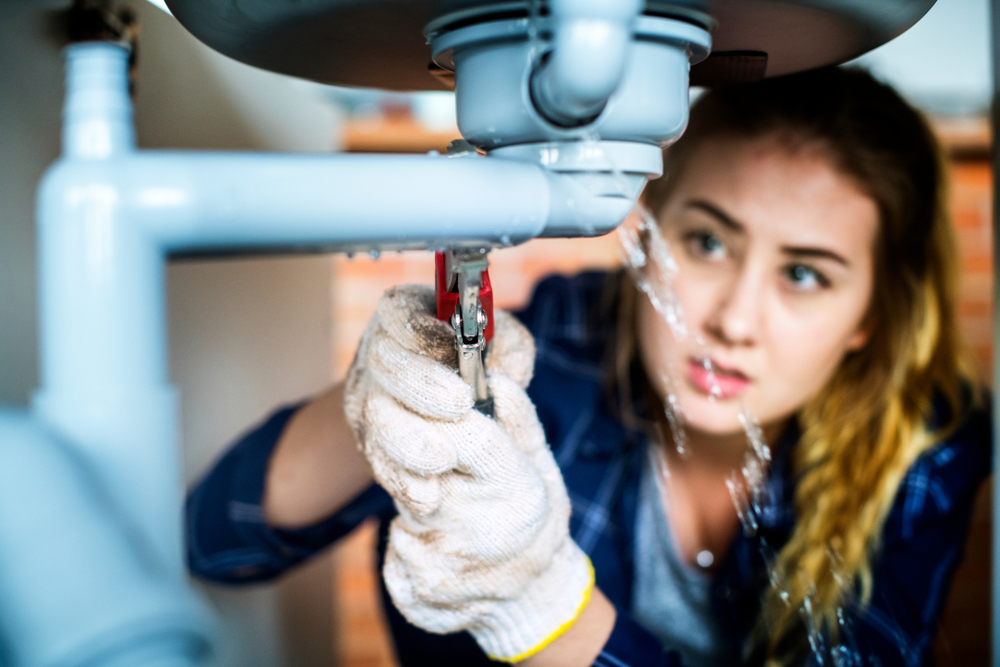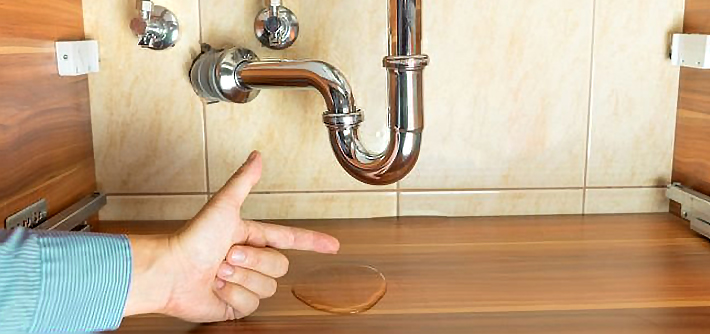
Voice-Activated Water Leak Detector: Innovative Insights for Smart Solutions
Share
In the ever-evolving landscape of smart home technology, the voice-activated water leak detector emerges as a hero in proactive home maintenance. For tech enthusiasts and professionals, the integration of voice commands into water leak detectors opens a realm of possibilities in smart living. This voice-activated technology not only redefines efficiency but also underscores the importance of immediate responsiveness to water damage, minimizing potential threats to your property.
Considering the myriad of smart technologies available today, those like the water leak detection systems prove indispensable. They serve as a reminder that protection and convenience can coexist harmoniously within our homes.

How Does a Voice-Activated Water Leak Detector Work?
A voice-activated water leak detector employs the power of digital voice assistants like Amazon Alexa or Google Home to warn homeowners about potential leaks. These devices contain sensors that detect moisture and irregularities in water flow.
Upon sensing a leak, the device communicates with your designated voice assistant, triggering a verbal notification that will alert you even when afar. This advancement, discussed in detail at The Connected Shop, exemplifies the seamless integration of technology and daily household operations.
The Advantages of a Voice-Activated Water Leak Detector
One of the standout benefits of using a voice-activated water leak detector is its ability to promptly notify homeowners of issues, allowing immediate intervention and potentially saving thousands in water damage repairs.
Moreover, through platforms such as Google Home integration, these innovative devices are easily adaptable to existing smart homes, enhancing their overall utility without the need for significant upgrades or changes.
Implementation in Smart Homes: Moving Beyond Basic Security
Smart homes represent the future of living standards, and water damage is a crucial threat that these homes seek to mitigate. As highlighted in resources like this insightful article, the deployment of voice control in leak detection systems ensures that homeowners are informed and empowered to prevent unnecessary water usage and property damage.
Intelligent systems integrated with water sensors can also communicate with other devices, marking a new era of interconnectedness that enhances safety and convenience.
Considering Installation: Key Factors
Choosing the right voice-activated water leak detector involves considering several factors such as Alexa compatibility, ease of installation, range, and precision of detection. It's crucial to ensure that the device can be smoothly integrated into the current system without demanding excessive technical adjustments.
Additionally, its vital to give weight to customer reviews and expert recommendations to fully harness the benefits these devices promise to deliver.

Future of Water Leak Detection with Voice Activation
Looking forward, the integration of voice-activated technology in water leak detection is likely to expand and become a standard feature in modern homes. The convenience and preventive capabilities these technologies offer are hard to overlook.
As the world leans increasingly towards sustainable and tech-driven living, these systems not only promote energy efficiency but also encourage a culture of cost-effective and conservation-conscious home management.
FAQ
Q1: Can I install a voice-activated water leak detector myself?
A: Yes, most devices are designed for easy self-installation. However, professional assistance may be advised for optimal operation.
Q2: How does voice activation impact a water leak detectors energy usage?
A: With minimal energy consumption, these devices leverage efficient technologies to ensure environmental sustainability, much like those discussed at Orange Coast Plumbing.
Q3: Are these devices safe for privacy-concerned individuals?
A: Yes, all interactions with your water leak detector are secure with encrypted communications and are compliant with current privacy standards.
